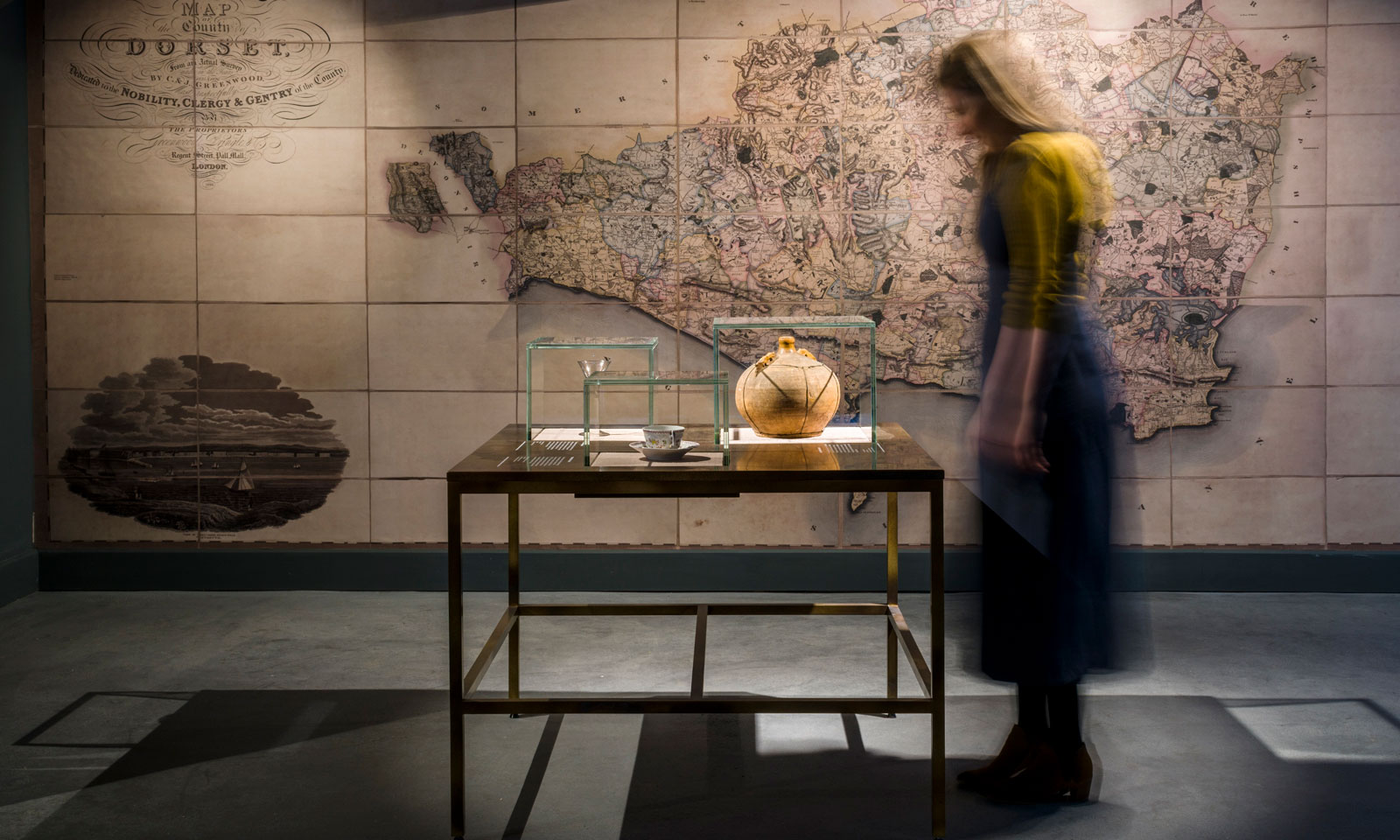
Using space as a narrative backdrop
Monthly Column By Pippa Nissen
As specialists in exhibition design – for museums, institutions, art galleries and anyone with a complex story to tell – we believe exhibition design principles can also apply to the commercial sector, making your showroom / selling environment the perfect backdrop to tell your product story. Such principles include making the most of pacing, interpretation, textures and configuration, as well as considering space a stage set for the communication of ideas.
With a personal background in theatre and architecture, I’m fascinated by how storytelling can weave itself through design. Storytelling unlocks people’s experiences and shapes how they associate with the spaces around them. Setting a backdrop to an object, or series of objects, can start to create the idea that you are in another world, another space.
Often our task is to tell a story about something very ordinary: a cup, a flask, a bowl. Something everyone relates to, but which we can elevate into becoming key to a story from history that unlocks our connection to another time and place. At Shire Hall Courthouse Museum for example, we told stories through maps, old images and archive materials that created a sense of objects with meaning beyond their first appearance.
We often engage in multisensory materials and tricks to engage visitors. For example, routing images into metal or robust materials such as concrete cast tiles or Valchromat. Materials that sit within showcases can also be used to great effect when combined with a grazing light. We might use silks with a slight irregular texture for example, and even shot silk so that a light on a slow timer can change the colour of the background.
We use large imagery to draw people through spaces to avoid wayfinding and signage. A large image, lit beautifully, is intriguing and suspends your imagination so that you believe, for a split second, you’re somewhere else. Like a theatre set, it creates an atmosphere, another moment and place and draws people towards it instinctively. We often have to design for spaces for people from all around the world, where text is in one or maybe two languages. Although we can offer summaries in multiple languages – or headsets to accompany visits – we find we can do a lot through imagery and intuitive design tools to guide people through. Imagery transcends language and is a magical tool of transformation.
Pippa Nissen, Director at Nissen Richards Studio
Image Shire Hall Historic Courthouse Museum




